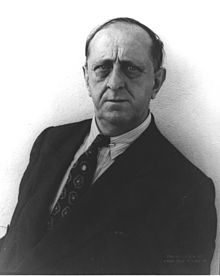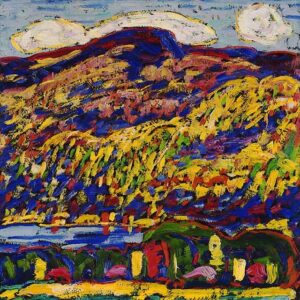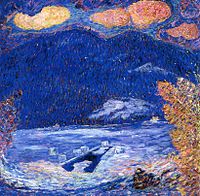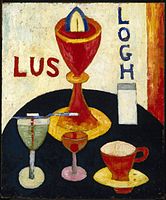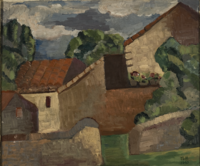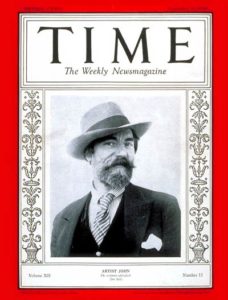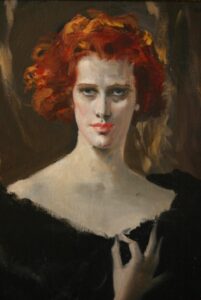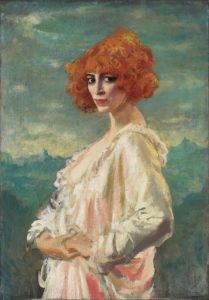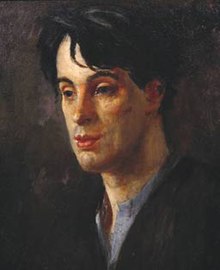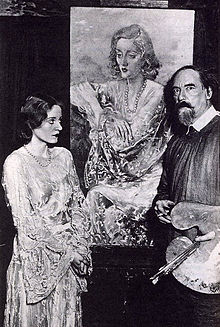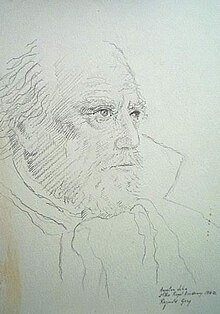Dear Zazie, Here is today’s Lovers’ Chronicle from Mac Tag dedicated to his muse. Rhett
The Lovers’ Chronicle
Dear Muse,
i did not believe myself, you know, although i was attracted by it from time to time, back when i was pretendin’ at bein’ me, and then came the time of wallowin’ in without and the solace found there, but then i yielded to its influence almost in spite of myself, and it is more than i hoped and all that matters and i am amazed
© copyright 2022 mac tag/cowboy coleridge all rights reserved
© copyright 2021 mac tag/cowboy coleridge all rights reserved
© copyright 2020 mac tag/cowboy coleridge all rights reserved
Pale Love, Pale Rider
from this view of hurt
in the grip of feelin’s,
overcome the grief
repentance calls
possession prefers
the pleasure of reverence
point of no return
the vow binds to veneration
rather than accept the promise
lost reason for remembrance
impose self-denial to keep goin’
now penance directs
acceptance, satisfaction
no, little beyond reproach
and want, how wrongly it keeps
kept undone
for solace
but farewell
what is the name of the place
where aspirations, regardless
of intent, will probe where tends
the mystery, and confirm ascension
© copyright 2019 mac tag/cowboy coleridge all rights reserved
unwanted is
as unwanted does
this continues,
to feel so good
about bein’ here
a smile, i know
it only makes
a certain sorta sense
but there it was
the pull is strong
and i succumb
tho there is no denyin’
i know where lies,
in another kinda smile,
the true, best purpose
for now, however,
as the snow falls
and the temperature
heads for sub-zero;
another log for the fire
more aged Hendrick’s
and the solace
of this vision,
voices from the past,
the pursuit of verse
and light, provides
shelter from the storms
© copyright 2018 mac tag/cowboy coleridge all rights reserved
true portrait drawn then
since erased
face of truth
want without seein’,
without regret
apologize, yet not
you git the point
too hidden to be recognized
unable to fear, this is the time
in all that appears, but not there
yet hidden behind everything
continuous
as the aim of despair draws near,
and for little that it offers,
would have seen me aver
concur blindly from this view of hurt
when in the grip of sincere feelin’s,
resentment overcame the good
when repentance called
a possession of the pitiful
a preferred graven crown
the pleasure of reverence
point of no return
and the vow that binds to veneration
but rather than acceptin’ the promise
lost reason for remembrance
impose self-denial in order to maintain
now in Her trance; to direct penance
had i accepted; vengeance satisfied
no, would have little beyond reproach
and i want that; how it wrongly keeps me
me, kept undone; a motive for Her darkness
my soul, She remits to eternity
what is the name of the place
where your heart aspires
ascension, regardless of your intent
but farewell will probe where tends the mystery,
and confirms my refusal
© copyright 2016 mac tag/cowboy Coleridge all rights reserved
| Chaïm Soutine | |
|---|---|

Chaim Soutine (with signature)
|
|
Today is the birthday of Chaïm Soutine (Smilavichy, Russian Empire 13 January 1893 – 9 August 1943 Paris); painter of Belarusian Jewish origin. Soutine made a major contribution to the expressionist movement while living in Paris. Inspired by classic painting in the European tradition, Soutine developed an individual style more concerned with shape, color, and texture over representation, which served as a bridge between more traditional approaches and the developing form of Abstract Expressionism.
Gallery
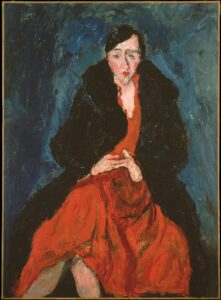
Portait de Madeleine Castaing, v. 1929

Amedeo Modigliani, Portrait de Chaïm Soutine (1916)
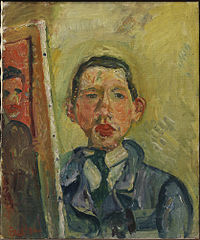

Nature morte à la lampe, vers 1916 (huile sur toile, 65,3 × 54,4 cm).

Nature morte à la soupière, vers 1916 (huile sur toile).

Nature morte aux harengs et aux oignons, vers 1917 (huile sur toile, 61,3 × 37,9 cm).

Nature morte avec violon, pain et poisson, vers 1922 (huile sur toile, 21,25 × 25,5 cm).


La Maison blanche, 1918 (huile sur toile, 50 × 65 cm).

Paysage avec personnages, vers 1919 (huile sur toile, 80 × 60 cm).

Paysage aux toits rouges, 1919 (huile sur toile, 65,5 × 50,1 cm).

Les Platanes à Céret, vers 1920 (huile sur toile, 72,5 × 53,5 cm).

Les Maisons, vers 1921 (huile sur toile, 92 × 58 cm).


Le lapin, vers 1923 (huile sur toile, 36 × 73 cm).

Dindon et tomates, vers 1924 (huile sur toile, 49 × 81 cm).
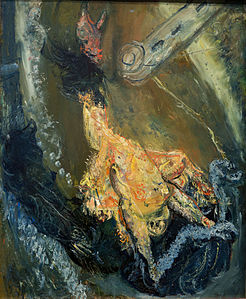
Le dindon, vers 1925 (huile sur toile, 65 × 80 cm).

Le canard, 1925 (huile sur toile, 57 × 93 cm).
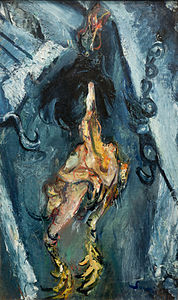
Le Poulet plumé, 1925 (huile sur toile, 40 × 67 cm).
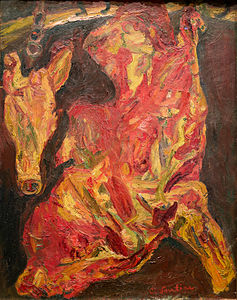
Bœuf et tête de veau, vers 1925 (huile sur toile, 73 × 92 cm).



Mac Tag



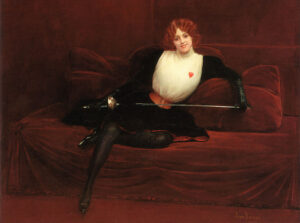

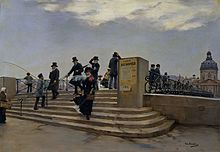



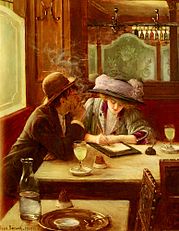






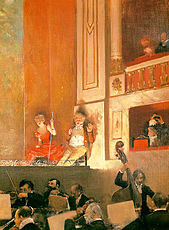



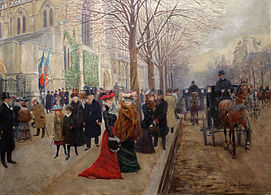










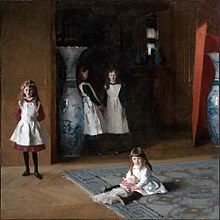


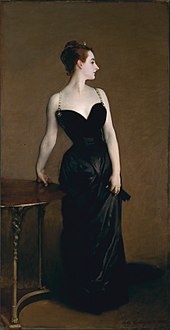



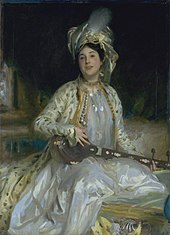













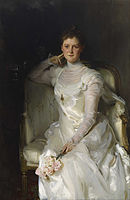




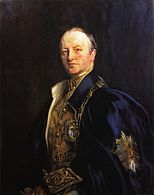









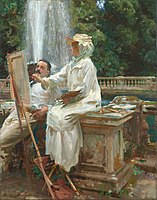


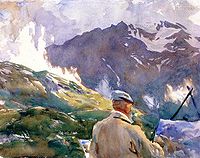



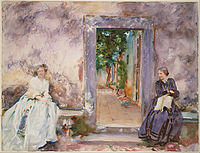
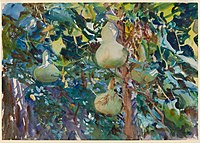
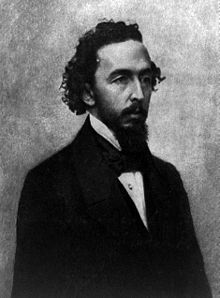

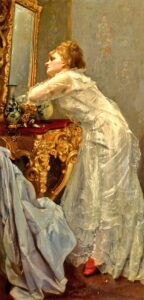
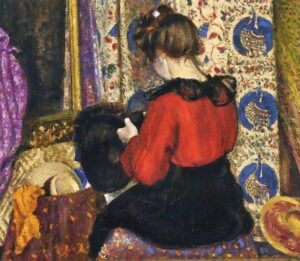
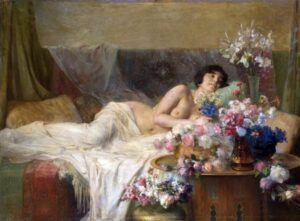
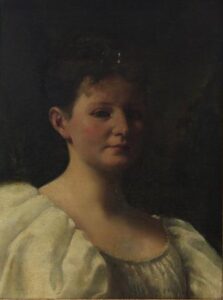
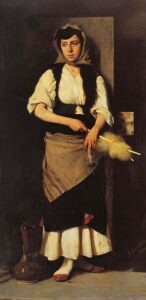






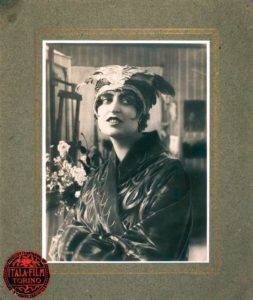 Today is the birthday of Pina Menichelli (Giuseppa Iolanda Menichelli; Castroreale, Sicliy 10 January 1890 – 29 August 1984 Milan); actress and silent film star. After a career in theatre and a series of small film roles, Menichelli was launched as a film star when Giovanni Pastrone gave her the lead role in The Fire (1916). Over the next nine years, Menichelli made a series of films, often trading on her image as a diva and on her passionate, decadent eroticism. Menichelli became a global star, and one of the most appreciated actresses in Italian cinema, before her retirement in 1924, aged 34.
Today is the birthday of Pina Menichelli (Giuseppa Iolanda Menichelli; Castroreale, Sicliy 10 January 1890 – 29 August 1984 Milan); actress and silent film star. After a career in theatre and a series of small film roles, Menichelli was launched as a film star when Giovanni Pastrone gave her the lead role in The Fire (1916). Over the next nine years, Menichelli made a series of films, often trading on her image as a diva and on her passionate, decadent eroticism. Menichelli became a global star, and one of the most appreciated actresses in Italian cinema, before her retirement in 1924, aged 34.



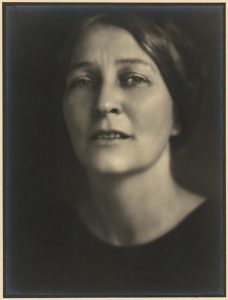 He met Una Call Kuster in 1906; she was three years older than he was, a graduate student, and the wife of a Los Angeles attorney. Jeffers and Mrs. Kuster became lovers. Mr. Kuster discovered their affair in 1910. Jeffers dropped out of USC medical school and enrolled as a forestry student at the University of Washington in Seattle, a course of study that he abandoned after a semester, at which time he returned to Los Angeles. By 1912 the affair became a scandal, reaching the front page of the Los Angeles Times. Una spent some time in Europe to quiet things down, then the lovers lived together by Lake Washington to await the completion of Una’s divorce.
He met Una Call Kuster in 1906; she was three years older than he was, a graduate student, and the wife of a Los Angeles attorney. Jeffers and Mrs. Kuster became lovers. Mr. Kuster discovered their affair in 1910. Jeffers dropped out of USC medical school and enrolled as a forestry student at the University of Washington in Seattle, a course of study that he abandoned after a semester, at which time he returned to Los Angeles. By 1912 the affair became a scandal, reaching the front page of the Los Angeles Times. Una spent some time in Europe to quiet things down, then the lovers lived together by Lake Washington to await the completion of Una’s divorce.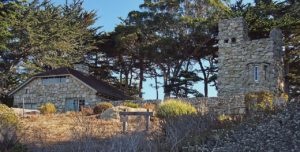
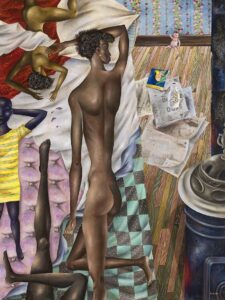
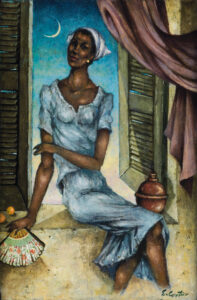
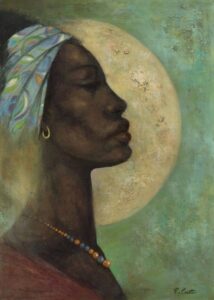
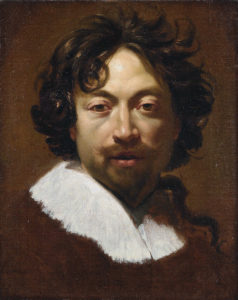 Today is the birthday of Simon Vouet (9 January 1590 – 30 June 1649); painter and draftsman, who today is perhaps best remembered for helping to introduce the Italian Baroque style of painting to France.
Today is the birthday of Simon Vouet (9 January 1590 – 30 June 1649); painter and draftsman, who today is perhaps best remembered for helping to introduce the Italian Baroque style of painting to France.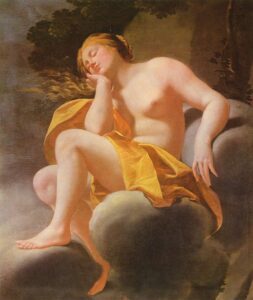
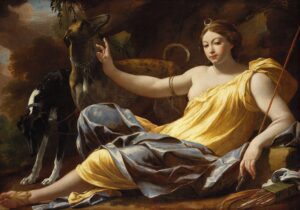
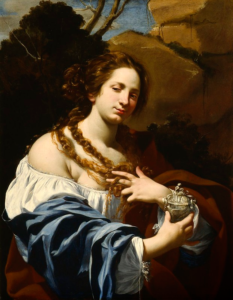



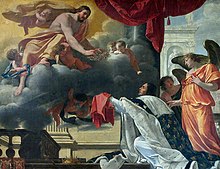
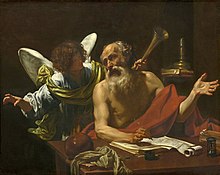
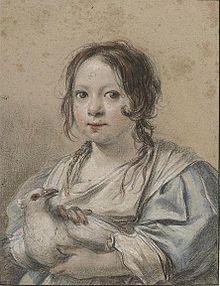
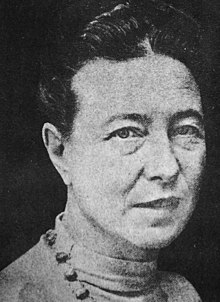


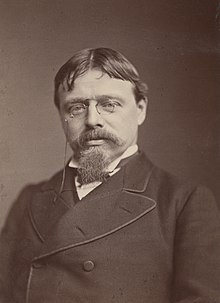
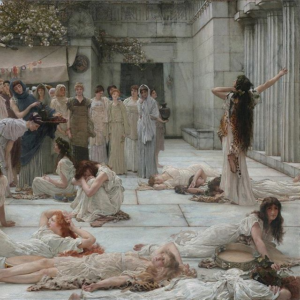







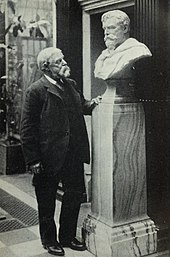
















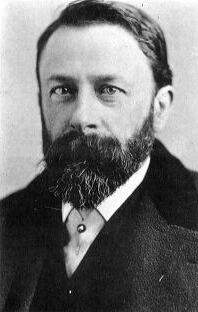
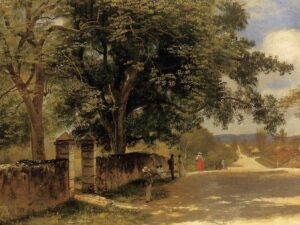

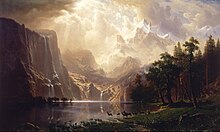
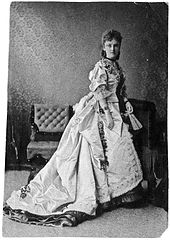









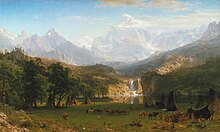
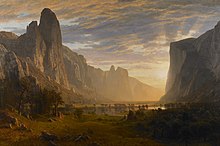


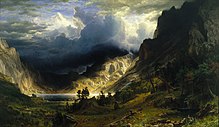
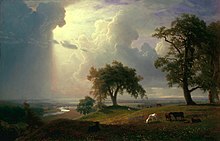



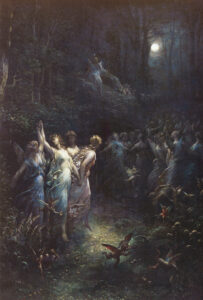





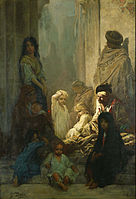




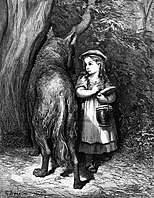






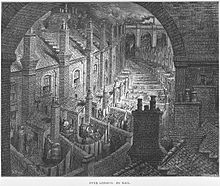






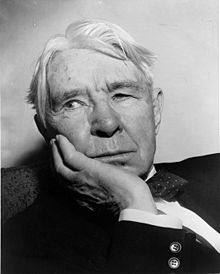
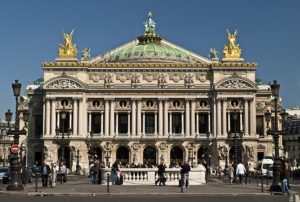 On this day in 1875, the Palais Garnier, one of the most famous opera houses in the world, is inaugurated in Paris.
On this day in 1875, the Palais Garnier, one of the most famous opera houses in the world, is inaugurated in Paris.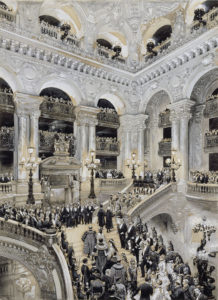
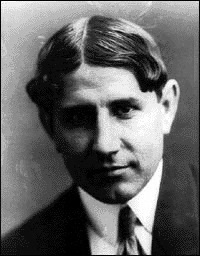 Today is the birthday of Pablo Emilio Gargallo Catalán (Maella, Aragon, Spain; 5 January 1881 – 28 December 1934 Reus, Tarragona, Spain); sculptor and painter.
Today is the birthday of Pablo Emilio Gargallo Catalán (Maella, Aragon, Spain; 5 January 1881 – 28 December 1934 Reus, Tarragona, Spain); sculptor and painter.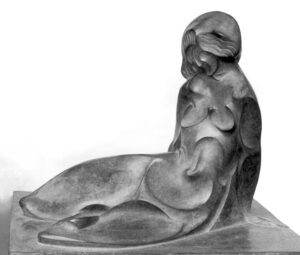
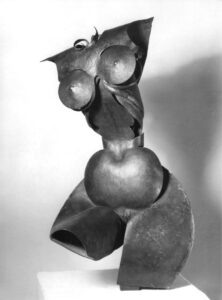

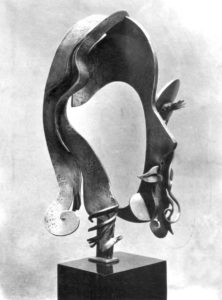


 And today is the birthday of William De Witt Snodgrass (January 5, 1926 – January 13, 2009); poet who also wrote under the pseudonym S. S. Gardons. He was studying poetry at the Iowa Writers’ Workshop in the early 1950s when his marriage began to fall apart, and he began writing about it in his poems. He showed some of hispoems to his teacher, the poet Robert Lowell, but Lowell didn’t like them. He said, “You’ve got a brain; you can’t write this kind of tear-jerking stuff.”Lowell later helped Snodgrass get his poetry collection, Heart’s Needle, published in 1959. It was Snodgrass’s first book, and it won the Pulitzer Prize. Lowell called it “a breakthrough for modern poetry.”
And today is the birthday of William De Witt Snodgrass (January 5, 1926 – January 13, 2009); poet who also wrote under the pseudonym S. S. Gardons. He was studying poetry at the Iowa Writers’ Workshop in the early 1950s when his marriage began to fall apart, and he began writing about it in his poems. He showed some of hispoems to his teacher, the poet Robert Lowell, but Lowell didn’t like them. He said, “You’ve got a brain; you can’t write this kind of tear-jerking stuff.”Lowell later helped Snodgrass get his poetry collection, Heart’s Needle, published in 1959. It was Snodgrass’s first book, and it won the Pulitzer Prize. Lowell called it “a breakthrough for modern poetry.”